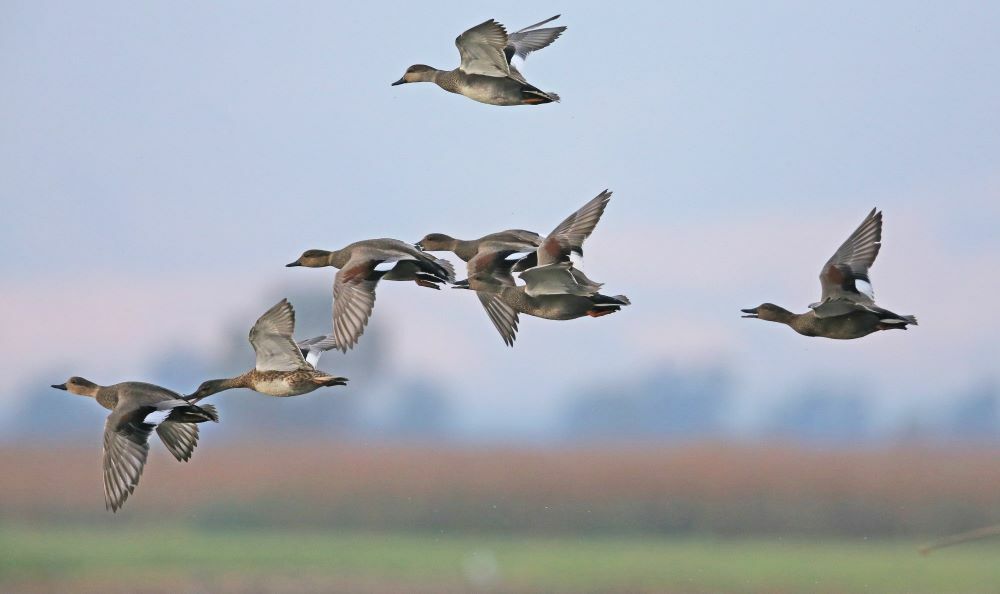Fish Report for 10-24-2022
CDFW Celebrates 50 Years of Wild Trout Waters

by California Department of Fish & Wildlife
10-24-2022
Website
State Designation Protects and Enhances California’s Wild Trout Fisheries
While Providing Unique Angling Opportunities for the Public
The California Department of Fish and Wildlife (CDFW) is celebrating the 50th anniversary of the first designated “Wild Trout Waters” in the state, a pioneering wild trout conservation and management practice at the forefront of the nation’s modern environmental movement of the 1960s and 1970s and a designation still benefitting California anglers today.
The California Fish and Game Commission created CDFW’s Wild Trout Program in 1971 at the urging of California Trout, the nonprofit, San Francisco-based wild trout conservation organization formed the same year. CDFW’s Wild Trout Program – today called the Heritage and Wild Trout Program – was created in recognition of the need to protect and enhance the state’s wild trout fisheries while also maintaining wild trout fishing opportunities for the public. The program was born at a time when the national consciousness was becoming attuned to negative impacts on natural resources, including population declines among fish, wildlife and plant species.
In 1972, the Commission designated 17 streams as Wild Trout Waters and has added to those waters every year since. Under the California Fish and Game Code, the Commission is required to add at least 25 miles of stream and at least one lake to the program annually. Among those first 17 Wild Trout Waters were portions of the North Fork American River, Hat Creek, Fall River, the Eel River, the Owens River and Hot Creek. Many of the first designated wild trout fisheries are still recognized today by trout anglers throughout the country.
“The founders of the Heritage and Wild Trout Program were truly visionary a half century ago, and we certainly owe them a huge thanks for the conservation of these very special places and these very special fish,” said CDFW Director Charlton H. Bonham. “What I most appreciate about the program is its dynamism. It continues to grow and adapt, adding more waters and more special fishing opportunities every year while managing through our contemporary environmental challenges the founders of this program never could have imagined – a changing climate, epic drought, devastating wildfires and a human population approaching 40 million California residents.”
“This anniversary is a huge milestone,” said Curtis Knight, executive director of California Trout. “CalTrout has been proud to promote and partner with CDFW on the Heritage and Wild Trout Program since its inception. We believe this program was progressive and cutting-edge when it was established in the 1970s. Today it has evolved and continues to be one of the most effective fish water policies in the country.”
Earlier this month, the Commission added two new waters to the program: The North Fork Mokelumne River, which flows through portions of Alpine, Amador and Calaveras counties, and Silver Lake in Tulare County have both been designated as Wild Trout Waters.
Since its founding, the main charge of the program has been to manage and enhance California’s wild, self-sustaining trout populations. The program was expanded in 1988 to include conservation of native trout species within their historic ranges and renamed the Heritage and Wild Trout Program. In 2003, the Heritage Trout Challenge was launched to encourage anglers to explore waters that support native trout species. Anglers that catch any six of the state’s qualifying 10 native trout species from their historic drainages are recognized by CDFW with a personalized award for their accomplishments.
Over the years, CDFW’s Heritage and Wild Trout Program has had far-reaching impacts on fisheries management and angling culture by:
- Raising awareness and education of California’s native trout species
- Driving monitoring and formal management plans for trout
- Fostering a catch-and-release fishing ethic that today is commonplace as the standard practice to protect self-sustaining wild trout and other fisheries
- Managing for genetic integrity by avoiding stocking hatchery trout into designated waters and working to prevent hybridization
- Serving as an example for other states to promote fishing and conservation of their own native trout species and catch-and-release fishing. The 12-state, Western Native Trout Challenge, for example, was modeled after CDFW’s Heritage Trout Challenge.
More information is available by visiting the Heritage and Wild Trout Program web page.
More Reports
California Department of Fish & Wildlife Reports
for Thursday, October 20th, 2022
: CDFW’s Ocean Ranch Unit in Humboldt County Remains Closed to Waterfowl Hunting, Public Access Through Remainder of 2022
Trinity River - Upper: Upper Trinity River Adult Chinook Salmon Quota Met
: Statewide Waterfowl Season Kicks Off This Weekend
CDFW Offering Waterfowl Hunts at East Bay Ecological Reserve

10-14-2022
Hunters can soon participate in no-fee waterfowl hunts amid restored salt ponds at Eden Landing Ecological Reserve (ELER) in Hayward,...... Read More

Website Hosting and Design provided by TECK.net